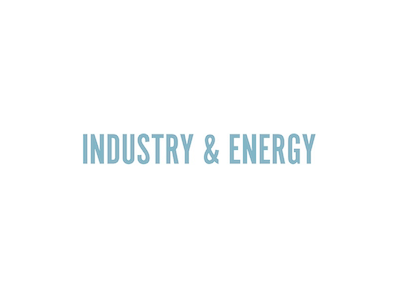France – Governments must act more quickly and decisively on a wide variety of policy measures to enable low-carbon hydrogen to fulfill its potential to help the world achieve net zero emissions while boosting energy security, according to a new research released by the International Energy Agency.
According to the IEA’s Global Hydrogen Review 2021, global production of low-carbon hydrogen is currently minimal, its cost is not yet competitive, and its use in promising sectors such as industry and transportation remains limited – but there are encouraging signs that it is on the verge of significant cost reductions and widespread global growth.
Only France, Japan, and Korea had hydrogen-use strategies when the IEA produced its special study on The Future of Hydrogen at the G20 in 2019. Today, 17 countries have released hydrogen strategies, more than 20 others have publicly said that they are working on developing strategies, and countless businesses are looking to capitalize on hydrogen business potential. Pilot projects are under ongoing to make steel and chemicals using low-carbon hydrogen, with more industrial applications in the works. The cost of hydrogen-powered fuel cells continues to reduce, and sales of fuel-cell vehicles are increasing.
Expense of manufacturing the biggest impediment to widespread use
Hydrogen is light, storable, and energy dense, and its usage as a fuel emits no pollutants or greenhouse gases. The expense of manufacturing low-carbon hydrogen is the biggest impediment to its widespread use. This necessitates either a substantial quantity of electricity to generate it from water, or the deployment of carbon capture technology if the hydrogen is generated from fossil fuels. Almost all hydrogen produced today is derived from fossil fuels without carbon capture, resulting in about 900 million tonnes of CO2 emissions, which is roughly similar to the combined CO2 emissions of the United Kingdom and Indonesia.
To reduce the price gap between low-carbon hydrogen and emissions-intensive hydrogen produced from fossil fuels, investments and targeted policies are required. Depending on natural gas and renewable energy pricing, manufacturing hydrogen from renewables can cost 2 to 7 times as much as making it from natural gas without carbon capture. However, with technological advancements and economies of scale, the cost of producing hydrogen from solar PV electricity can become competitive with natural gas-produced hydrogen, as outlined in the IEA’s Roadmap to Net Zero by 2050.
Doubling electrolyzers capacity
Over the last five years, the global capacity of electrolyzers, which use electricity to create hydrogen from water, has more than doubled, with approximately 350 projects currently under development and another 40 in the early phases of development. If all of these projects come to fruition, global hydrogen supply from electrolyzers – which produce no emissions as long as the electricity utilized is clean – would reach 8 million tonnes by 2030. This is a significant rise from the current level of less than 50 000 tonnes, but it is still far short of the 80 million tonnes required in 2030 on the IEA pathway to net zero emissions by 2050.
In 2020, nearly all hydrogen utilization will be for refining and industrial purposes. The report emphasizes that hydrogen can be employed in many more applications than those that are now in use. Hydrogen has significant potential applications in industries where reducing emissions is particularly difficult, such as chemicals, steel, long-haul trucks, shipping, and aircraft.
The bigger issue is that legislative action has thus far been focused on the production of low-carbon hydrogen, but the essential commensurate actions to develop demand in new applications have been limited. Greater use of hydrogen in industry and transportation will necessitate significantly stronger governmental measures to encourage the creation of the requisite storage, transmission, and charging infrastructure.
Global Hydrogen Review
Countries with hydrogen policies have pledged at least USD 37 billion to the development and deployment of hydrogen technology, with the private sector pledging an additional USD 300 billion. However, the IEA predicts that putting the hydrogen sector on a path toward worldwide net zero emissions by 2050 will require USD 1 200 billion in investment between now and 2030.
Beyond mobilizing investment in research, production, and infrastructure, the Global Hydrogen Review makes a number of recommendations for near-term action. It emphasizes how governments can increase demand and eliminate price disparities by implementing carbon pricing, mandates, quotas, and hydrogen requirements in public procurement. Furthermore, international cooperation is required to establish standards and regulations, as well as to create global hydrogen markets, which could spur demand in countries with limited capacity to produce low-carbon hydrogen and create export opportunities for countries with large renewable energy supplies or large CO2 storage capacity.





